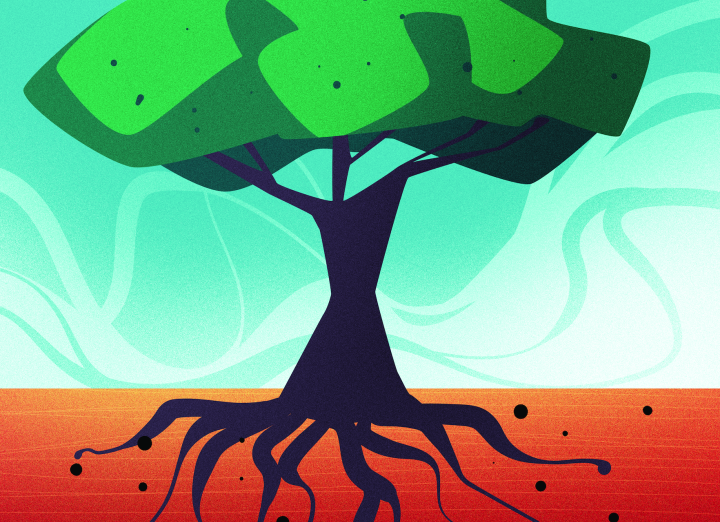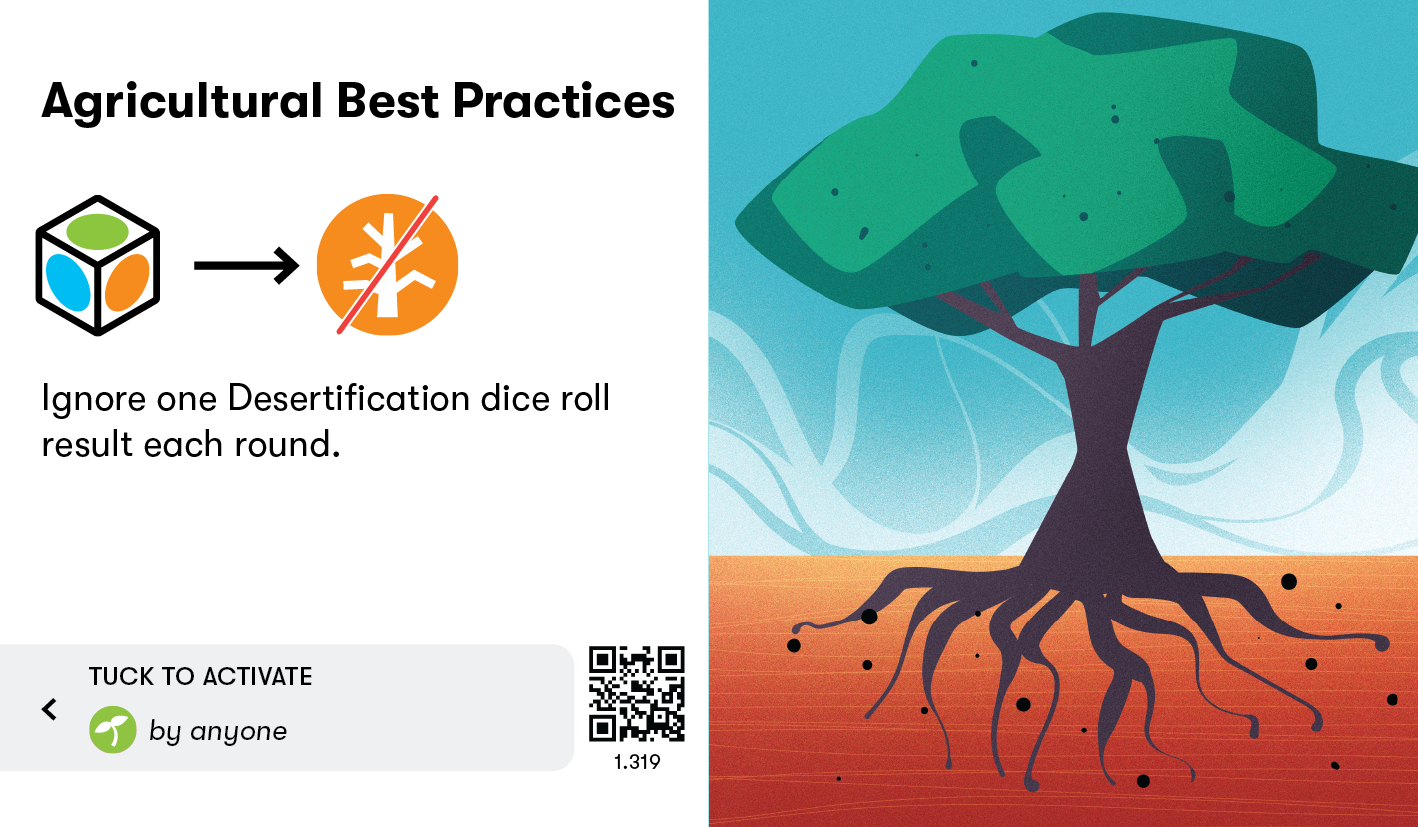Agricultural Best Practices
Global Project
Soil sequestration is when soils store carbon dioxide from the atmosphere. This is achieved by using agricultural practices that leave the soil minimally disturbed, increasing its organic matter, boosting soil health and reducing erosion. The best agricultural methods for soil sequestration include:
Crop rotation – alternating crops on a plot of land over several years. This maintains soil fertility and reduces pest and disease pressure. Different crops, with different nutrient requirements, restore soil health and increase carbon storage;
Cover cropping – planting crops (like clover, rye, or other grasses) when fields might otherwise be empty. This prevents soil from lying barren, improving soil organic matter and increasing its carbon storage;
Reducing synthetic fertilizers and pesticides use – avoiding their negative effects on soil health and carbon storage, instead using organic fertilizers like compost or manure, and practicing integrated pest management to control pests and diseases;
Reducing tillage – reducing the amount of carbon released into the atmosphere during tilling (preparing land for crops), while preserving soil structure and reducing erosion;
By implementing these agricultural practices, farmers can increase the amount of carbon stored in the soil and mitigate the effects of the climate emergency while improving soil health, leading to better crop yields and a healthier planet.
To activate this Global Project, players need to tuck 1 Local Project card with an Ecology tag from their hands under this card.
Once active: Players may ignore one (and one only) Desertification dice roll result each round.

Soil Carbon Storage (Nature)
What is Soil Carbon Sequestration? (UN Food and Agriculture Organization, FAO
What is Carbon Sequestration and How Does it Work? (Clarity and Leadership for Environmental Awareness and Research, CLEAR at UC Davis)
Support sustainable and regenerative agriculture practices by buying products from farmers who are using ecological farming practices, such as certified organic products.
Compost food waste and any other organic materials to produce fertile soil that is rich in nutrients, helping to sequester carbon and reducing the need for synthetic fertilizers.
Plant trees, since they absorb greenhouse gas emissions from the atmosphere and store it in their trunks, branches and leaves as well as in the soil.